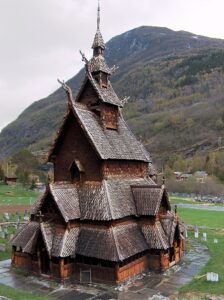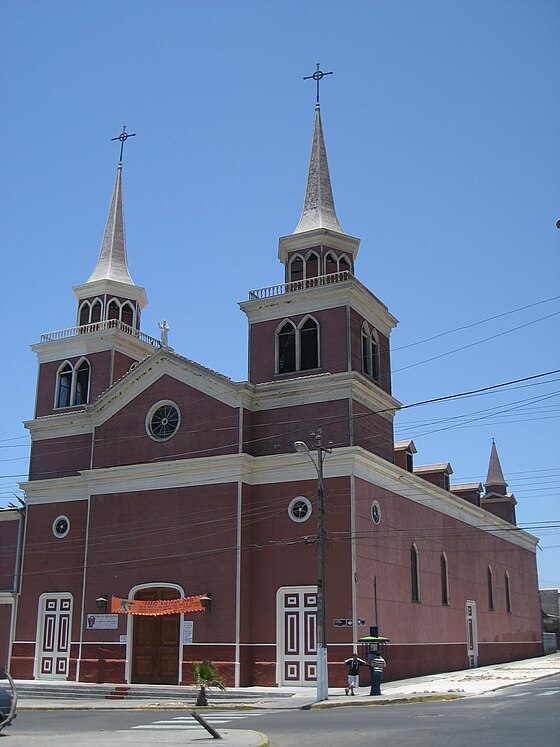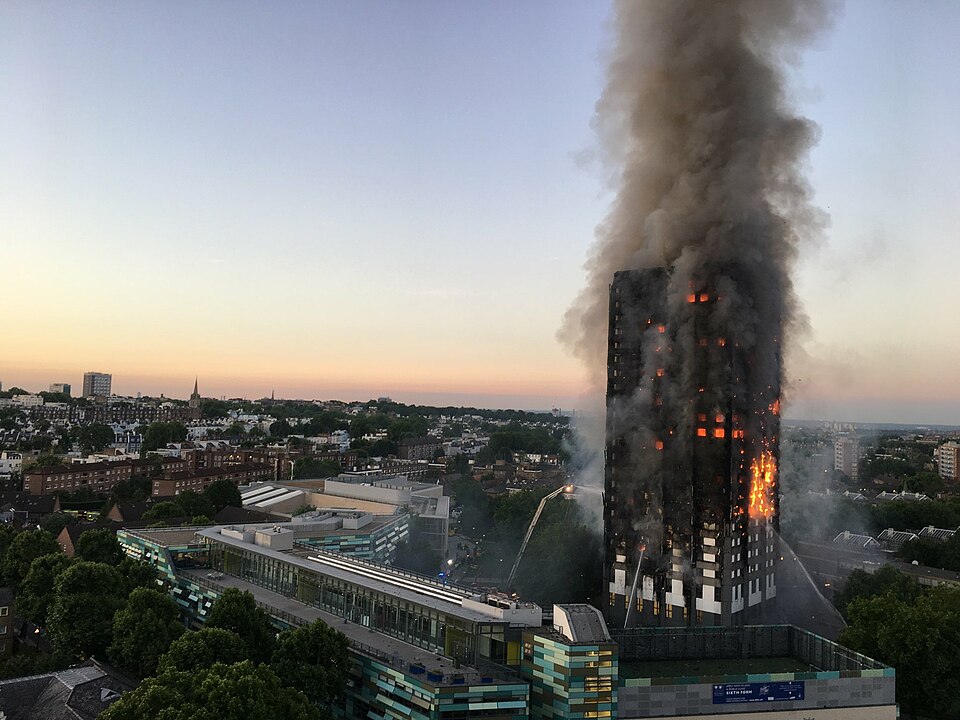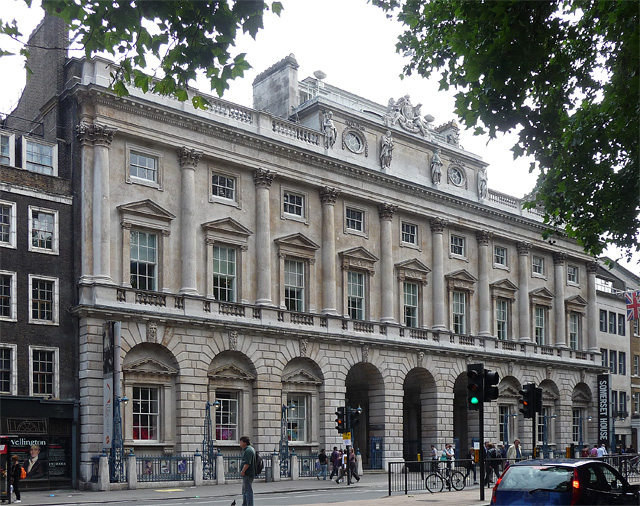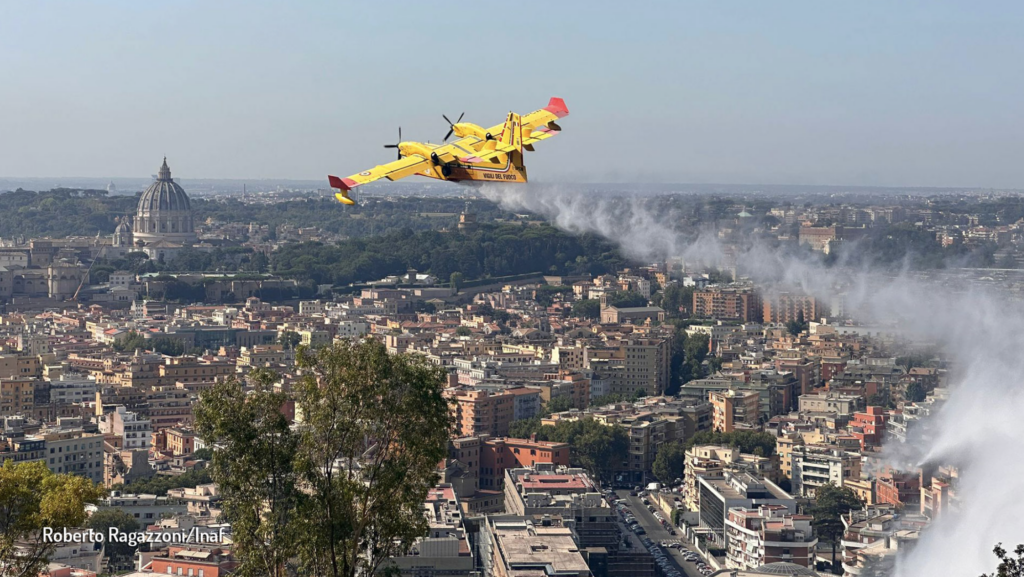U.S. Government Agency’s Fire Safety Retrofitting in Historical Buildings
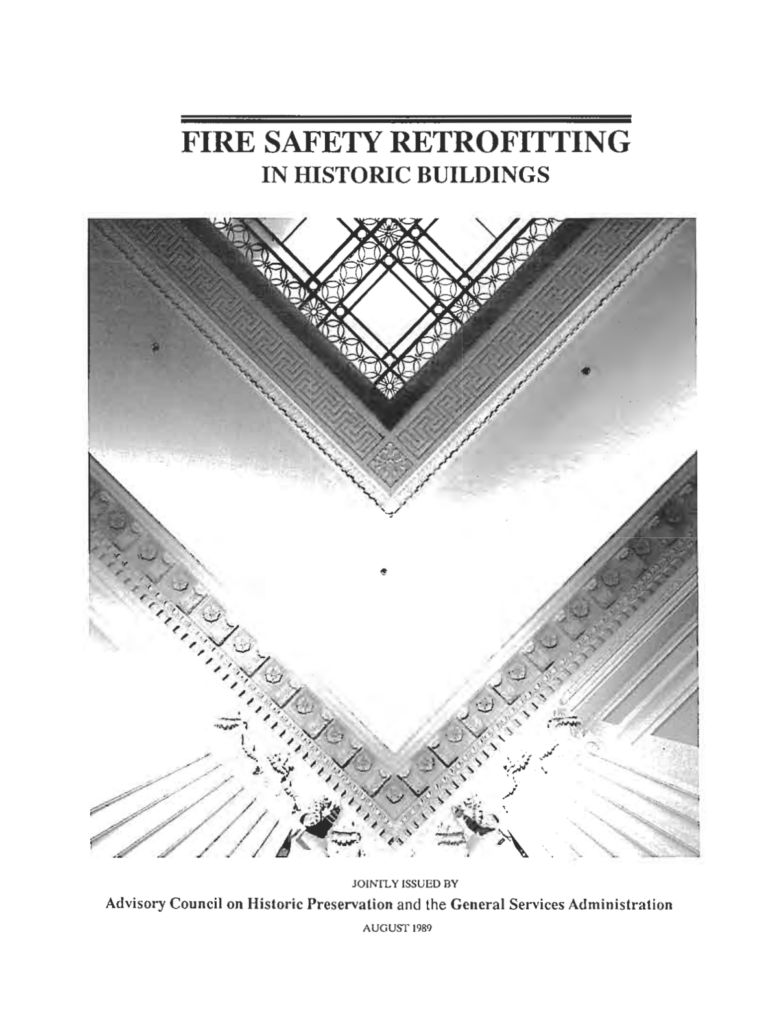
Improving fire safety level of historical buildings is one of the most common problems to deal with after a fire risk assessment. The theme is not easy, since fire safety technical issues are relevant as conservation ones. In August 1989, the US Government Agency General Service Administration published the paper “Fire Safety Retrofitting in Historic Buildings” in cooperation with the Advisory Council on Historic Preservation.
The document was later replaced by procedures published on the US General Services Administration website.
The 1989 document provides guidance to ensure that fire safety retrofitting has minimal impact on the historic features of the property.
Addressing the challenges of retrofitting fire safety measures in historic buildings today involves three primary objectives. Firstly, it is crucial to ensure the protection of life. Secondly, safeguarding property is essential, and thirdly, the installation of fire safety devices must have minimal impact on the historic features of the property.
Effective fire safety systems must enable building occupants to evacuate safely during fire or emergencies, protect the property to minimize losses, and maintain operational continuity despite fire incidents.
Preserving significant historic features requires the harmonization of two principles: the installation and operation of fire safety devices should minimally affect historic features, and these systems should offer maximum protection for these features.
Designing fire safety systems to maximize protection for significant historic building features must be achieved while recognizing the imperative to protect life from fire. Within this context, protection and preservation of significant features can be realized by adhering to specific standards:
- Creativity: Consideration of various alternatives balancing the needs of protecting life and property with overall preservation objectives.
- Flexibility: Application and adaptation of fire safety codes or risk reduction requirements to meet both safety and historic preservation goals.
- Practicality: Resolution of conflicts between fire safety and historic preservation objectives through creative and flexible means.
The complexity of retrofitting historic properties for fire safety varies based on existing fire safety systems and the historic significance of the building. The more significant the historic features and the greater the fire safety risks, the more complex it becomes to meet these standards.
Each project, with its unique preservation and fire safety challenges, requires a design process that integrates contemporary fire safety needs with minimal impact on significant historic features. This process should be specific enough to guide each team member and flexible enough to accommodate various projects. The guide will detail the necessary project team, the process for successful fire safety retrofitting, code considerations, and specific applications with recommended and not recommended treatments.
